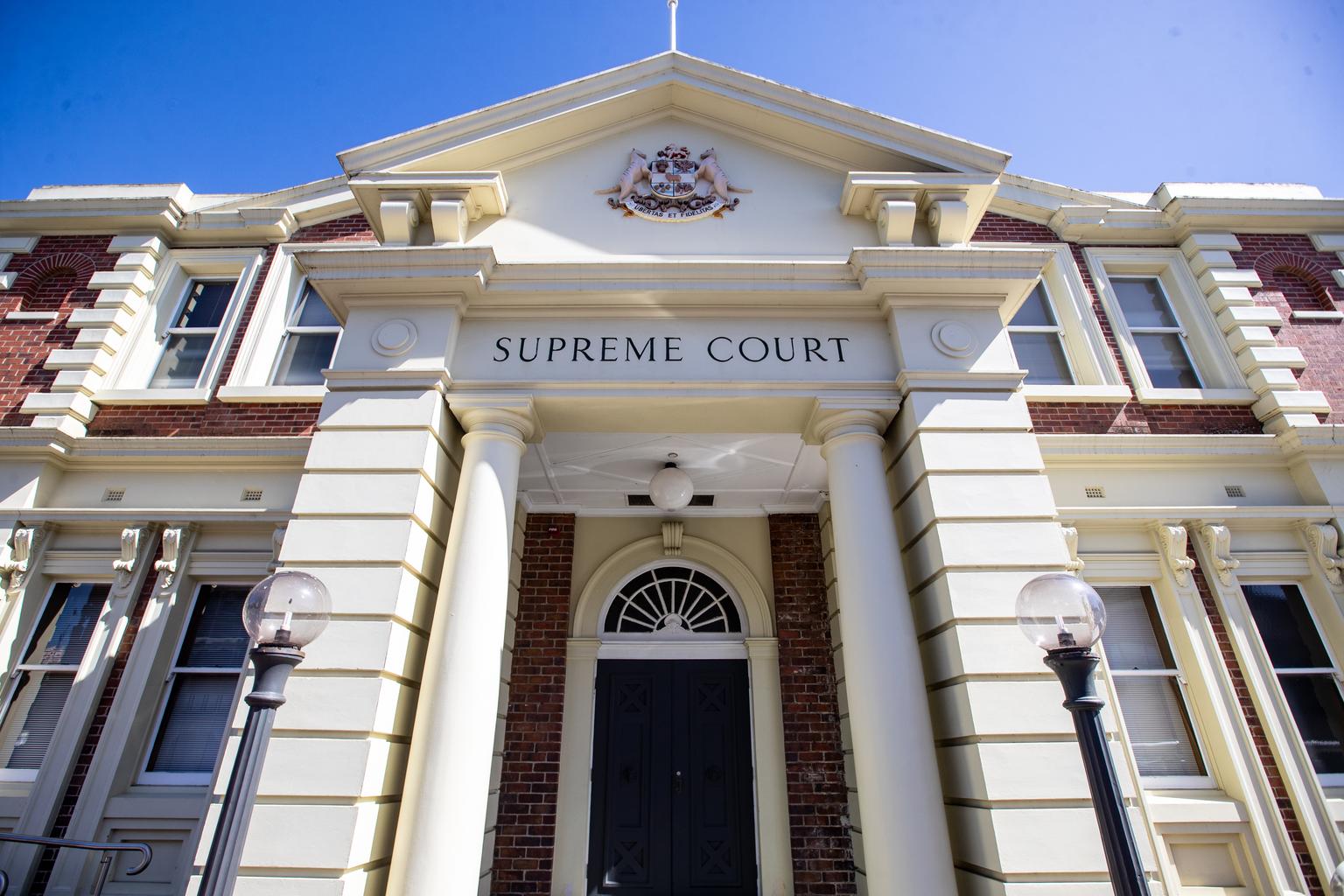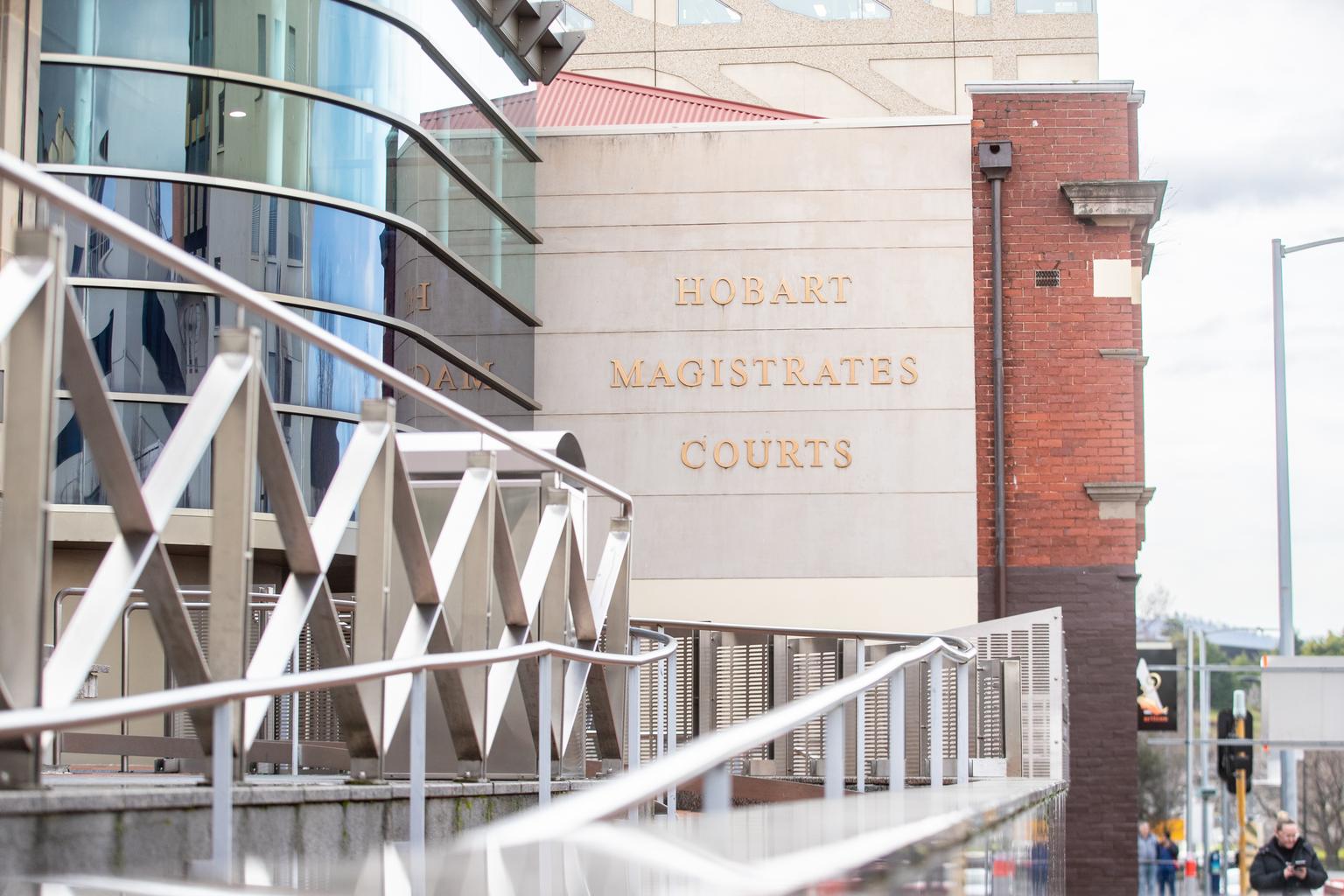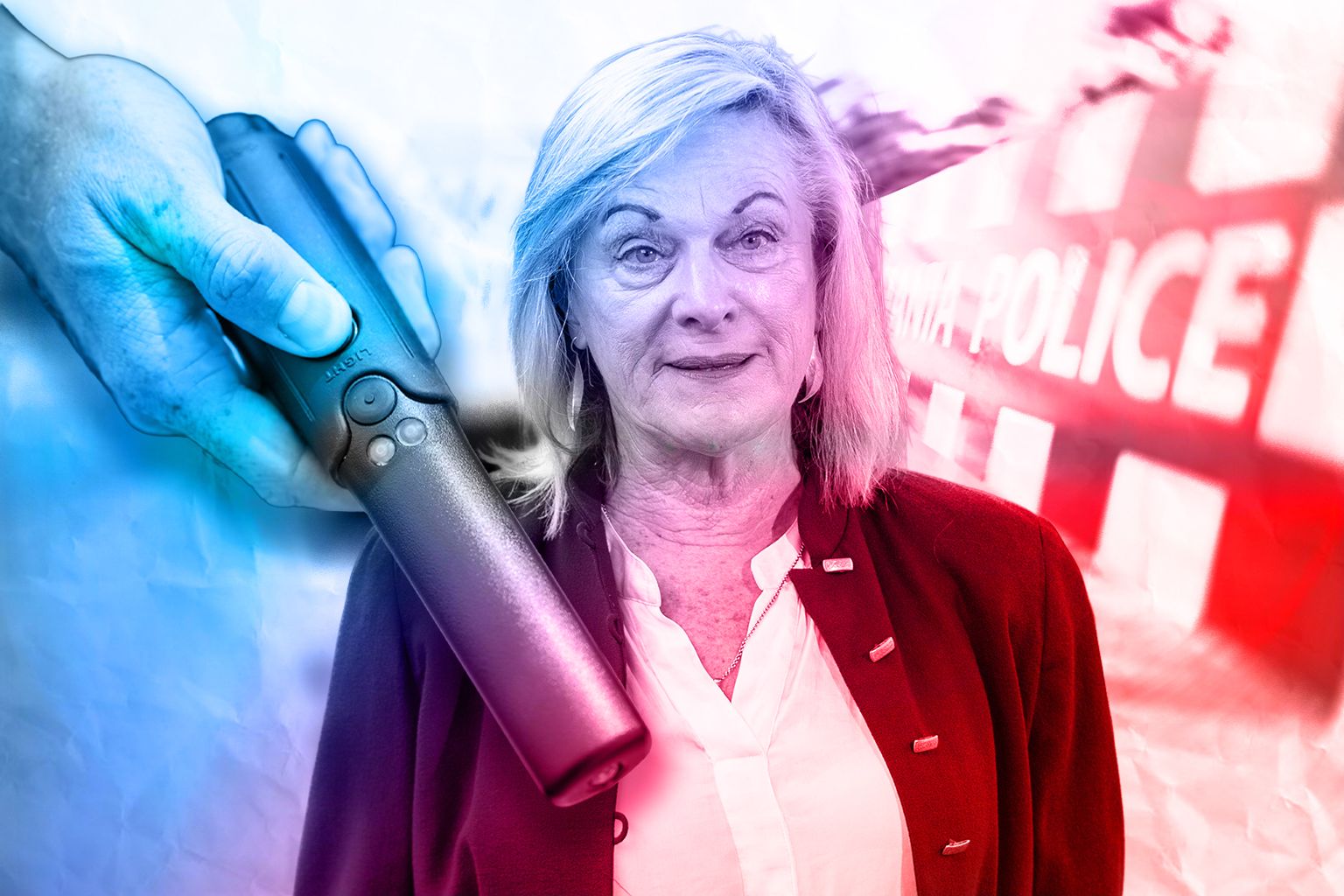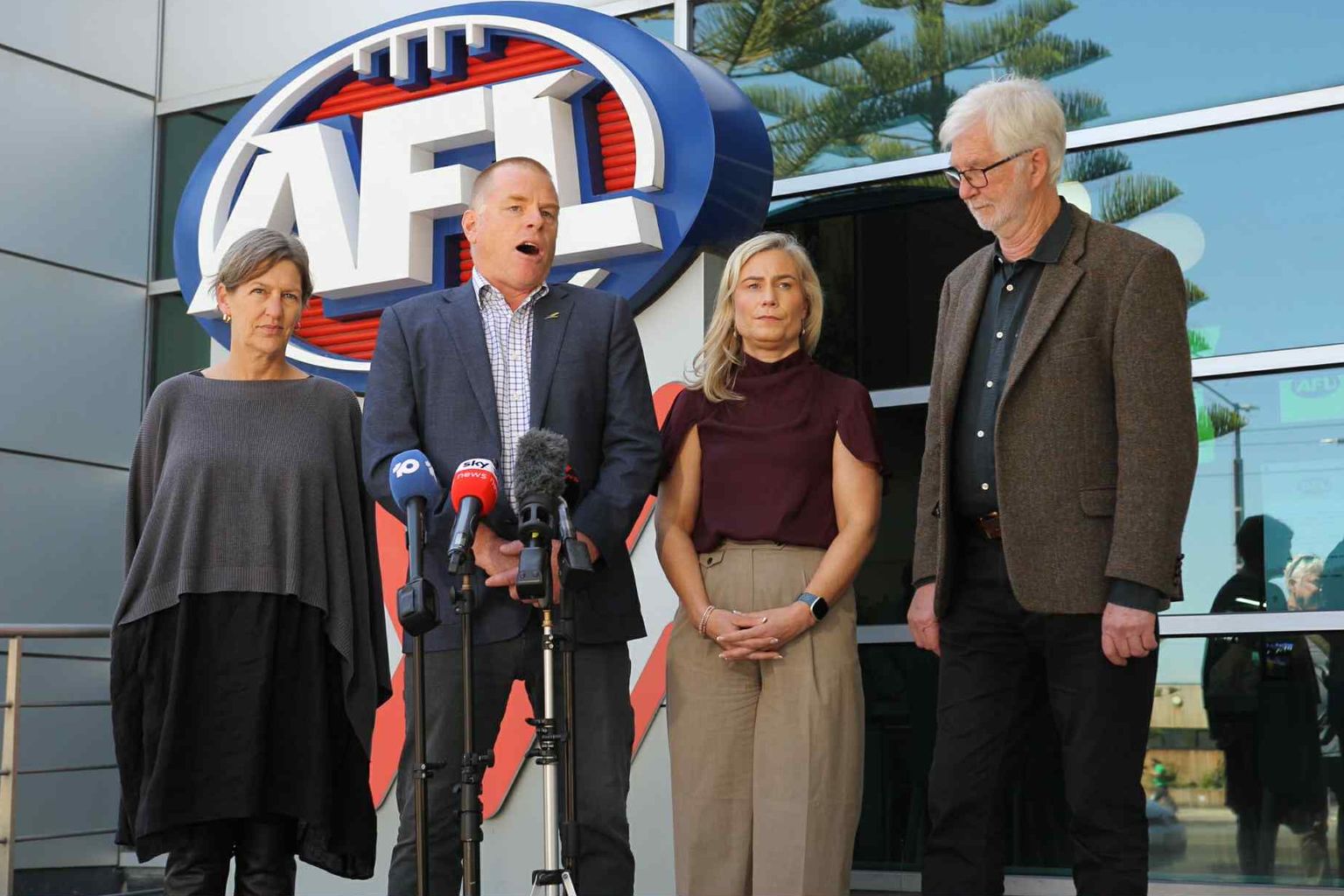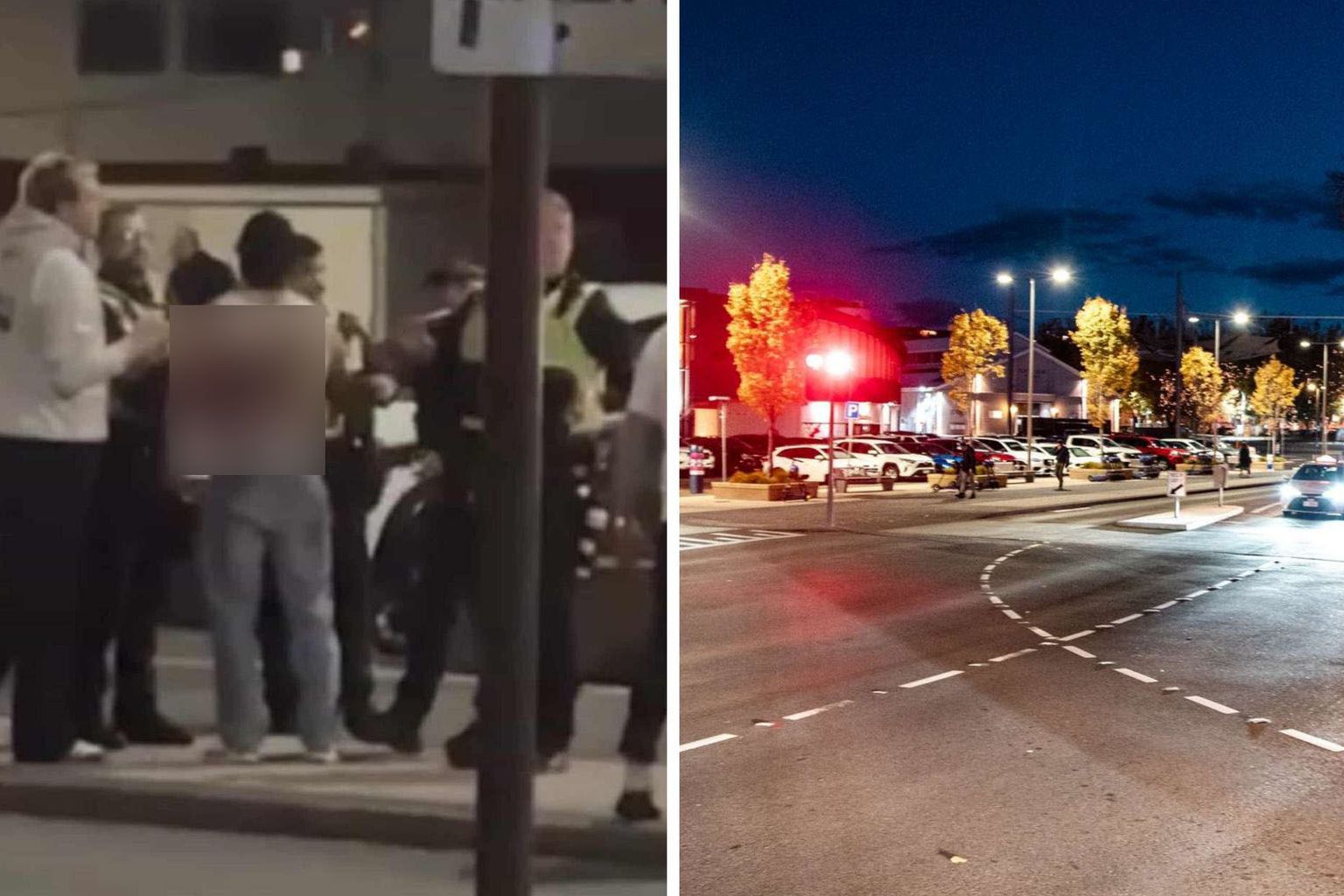The Hobart City Council is looking at a former quarry site as the potential base for a new “sustainable transport” hub to kunanyi/Mt Wellington, Tasmania’s most visited natural attraction.
An open day was held at Halls Saddle on Friday to give locals a look at the site, which sits just outside the Wellington Park boundary.
It is being pitched as an alternative to the most recent transport proposal, the cable car, which was rejected by the council.
With visitor numbers tipped to hit 700,000 a year by 2029, the council says the current infrastructure is struggling to cope with demand.

Pinnacle Road sees more than 2,000 vehicles a day during peak times and the 280 car parks up the mountain are already “insufficient”, according to the council.
“Halls Saddle has been identified as a place where additional parking could occur with the remaining journey travelled by bus,” a spokesperson said.

“Accessed from the intersection of Chimney Pot Road and Huon Road, the site features cleared areas comprising three tiered levels of flat ground.”
Lord Mayor Anna Reynolds said the council has applied for funding ahead of the federal election to help bring the idea to life.
“Like Cradle Mountain and Freycinet, Kunanyi/Mount Wellington is a place of state significance,” she said.
“We need to plan now for the future, ensuring visitors and locals alike can continue to enjoy this special place.”
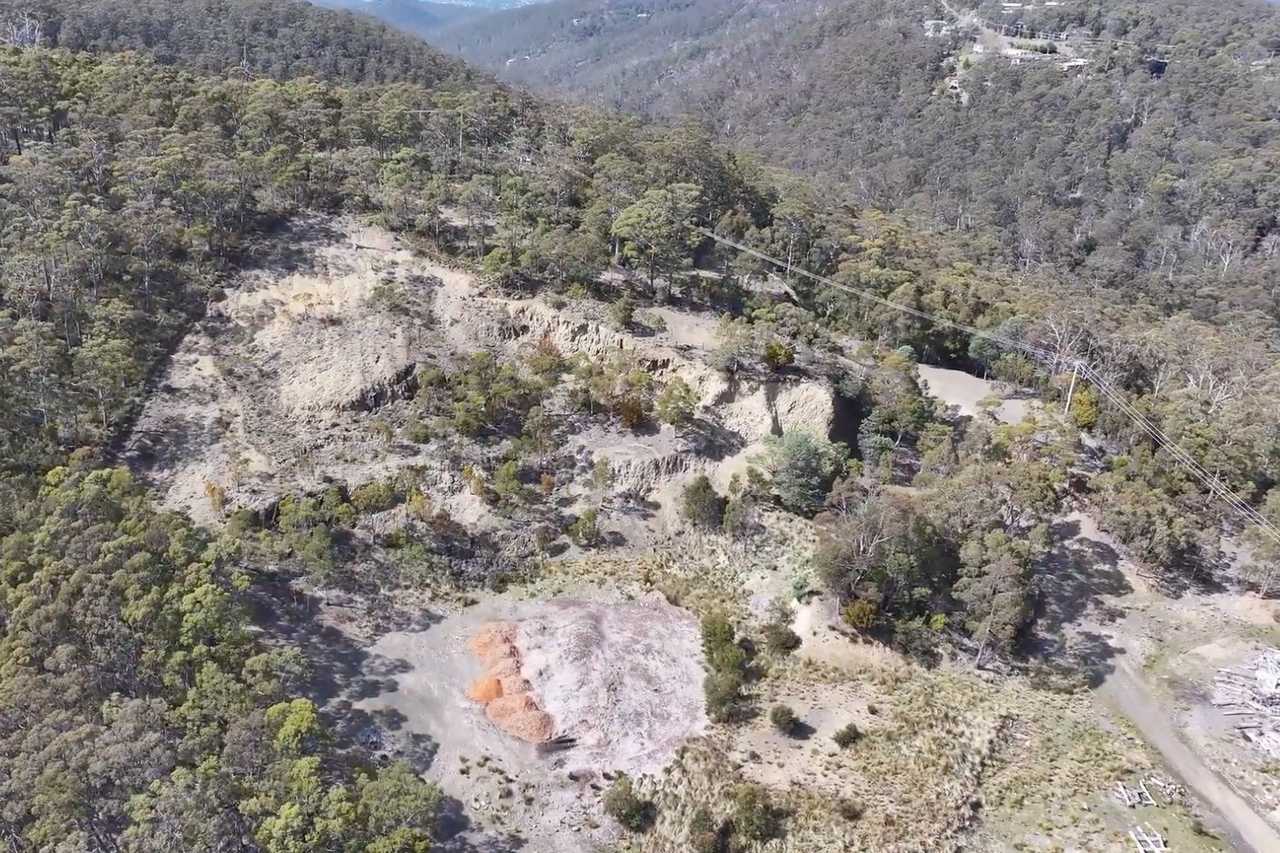
Destination Southern Tasmania CEO Alex Heroys said “sustainable access solutions” are needed to both improve the visitor experience and protect the mountain itself.
Councillor Ben Lohberger said Halls Saddle is the “perfect” spot.
“The lack of visitor infrastructure on kunanyi/Mt Wellington is causing dangerous vehicle congestion on Pinnacle Road and parking problems at The Springs and the Pinnacle,” he said.
The plan comes as the state government undertakes a review of the mountain and how best to utilise it into the future, which could result in the Hobart City Council being stripped of its management role.
A government spokesperson told Pulse last year they still believed a cable car was a “sustainable transport solution” for the mountain.


